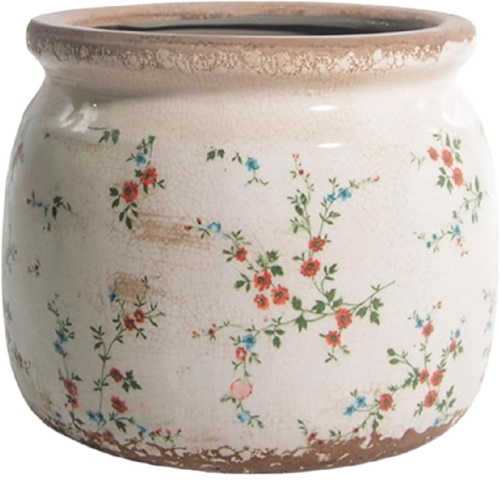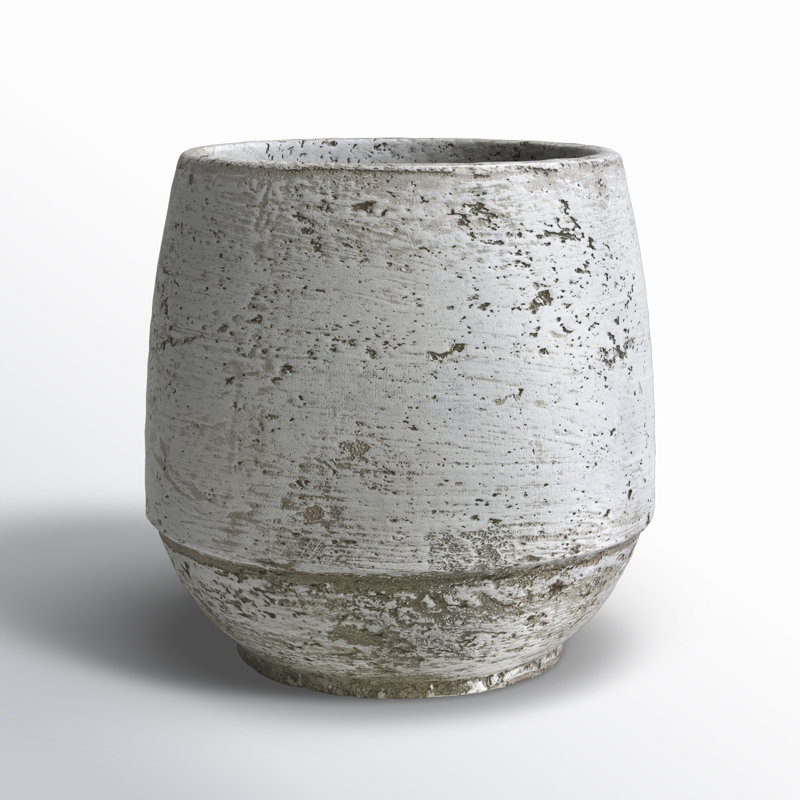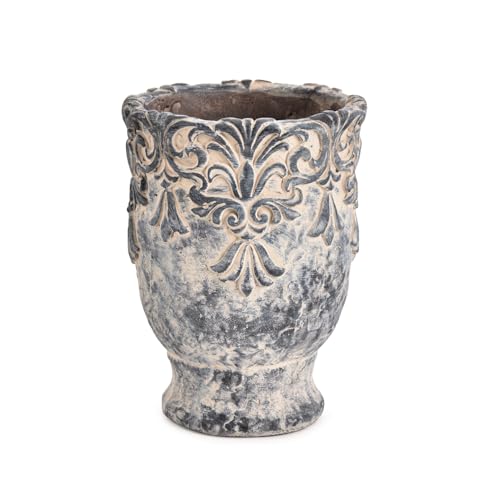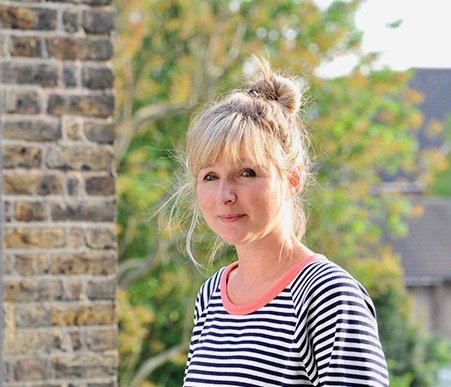Christmas tree alternatives – beautiful plant swaps for your holiday decor
Instead of a traditional tree, choose to shake things up this festive season with some fabulous foliage and flowering indoor plants
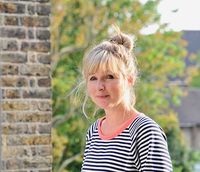
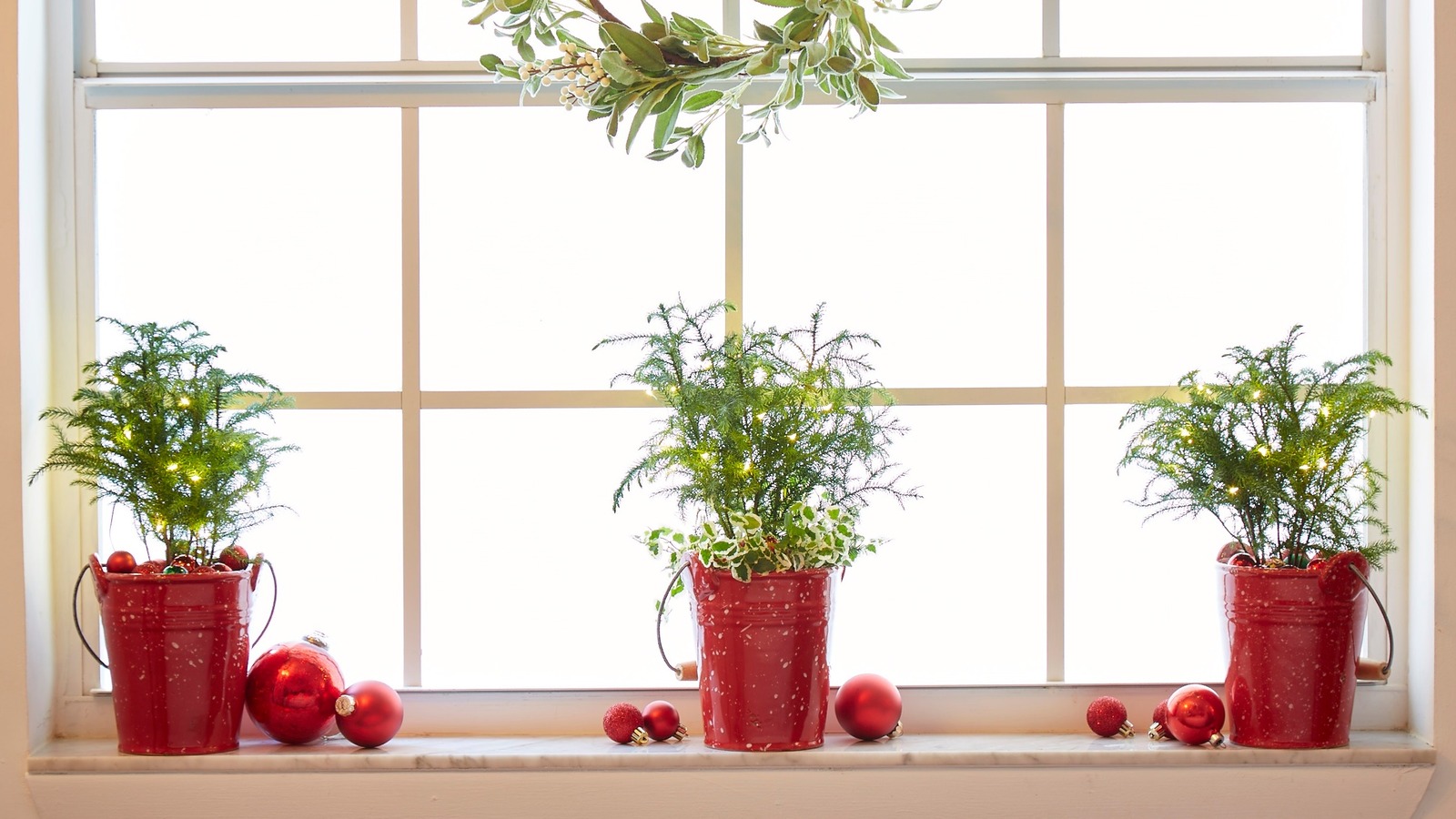
Christmas tree alternative plants make a refreshing change, particularly if you're looking to switch up your seasonal decor this year and want a change from a traditional tree.
Treasuring holiday decorations that we bring out every year is lovely, and is to be encouraged. Yet sometimes it's good to do something different. Maybe you're concerned about the ecological impact of a live tree - cut down to bring indoors for a few weeks - or you just want to try a new style.
If you are, there are various types of foliage and plants that can create a festive focal point for the holiday season, in additional to these non-botanical alternative Christmas tree ideas. Consider swapping a traditional Christmas tree for these seven potted plants, recommended by floral designers and horticulturalists.
1. Norfolk island pine (Araucaria heterophylla)
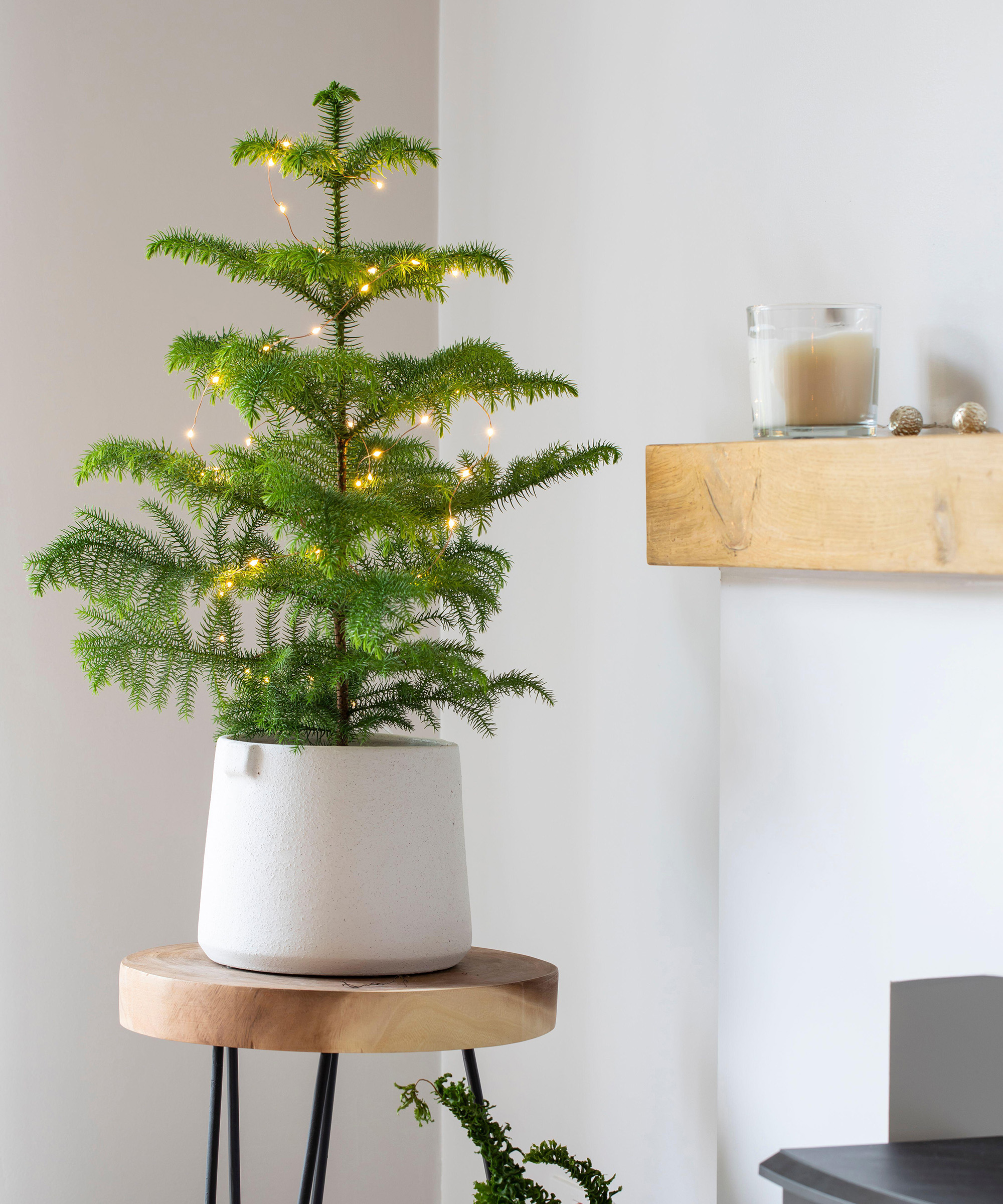
Despite its name and appearance, Norfolk island pine isn't a pine at all. It's a tropical plant that's actually native to the South Pacific. It's also easy to grow a Norfolk island pine at home.
'Norfolk Island Pine is a relatively slow grower and a long-lived tree you can enjoy for decades with good care,' says Justin Hancock, horticulturalist, Costa Farms. 'As it ages, its branches tend to grow in horizontal planes, giving it a uniquely sculptural wedding-cake look.
'Unlike fresh-cut Christmas trees, Norfolk Island Pine is an inexpensive tropical plant that will survive in your home. So you don’t need to worry about keeping it alive in cold climates, until spring when you can plant it in your yard.
'It's a great investment, since it grows inside for years, and you can decorate it every year. While Norfolk Island Pines are often sold with decorations, they don’t feel particularly Christmas-y after the holidays, if you take the decorations off, so you can enjoy them as lovely home décor.
Design expertise in your inbox – from inspiring decorating ideas and beautiful celebrity homes to practical gardening advice and shopping round-ups.
'Give it medium to bright light (within 3 to 4 feet of a south, east, or west-facing window is ideal), water as the top 25 percent or so of the potting mix dries to the touch and give it average household temperatures. It enjoys average and above-average relative humidity levels.'

Justin Hancock, Costa Farms Horticulturist with 25+ years in the industry, is a plant enthusiast and educator. He has a degree in horticultural science and has worked in garden centers and botanical gardens, as a garden designer, and in garden publishing. He has experience gardening across the country, from Minnesota to Oregon to Miami. Hancock is also co-host of the Costa Farms podcast Plant Rx.
2. Anthurium (Anthurium spp.)
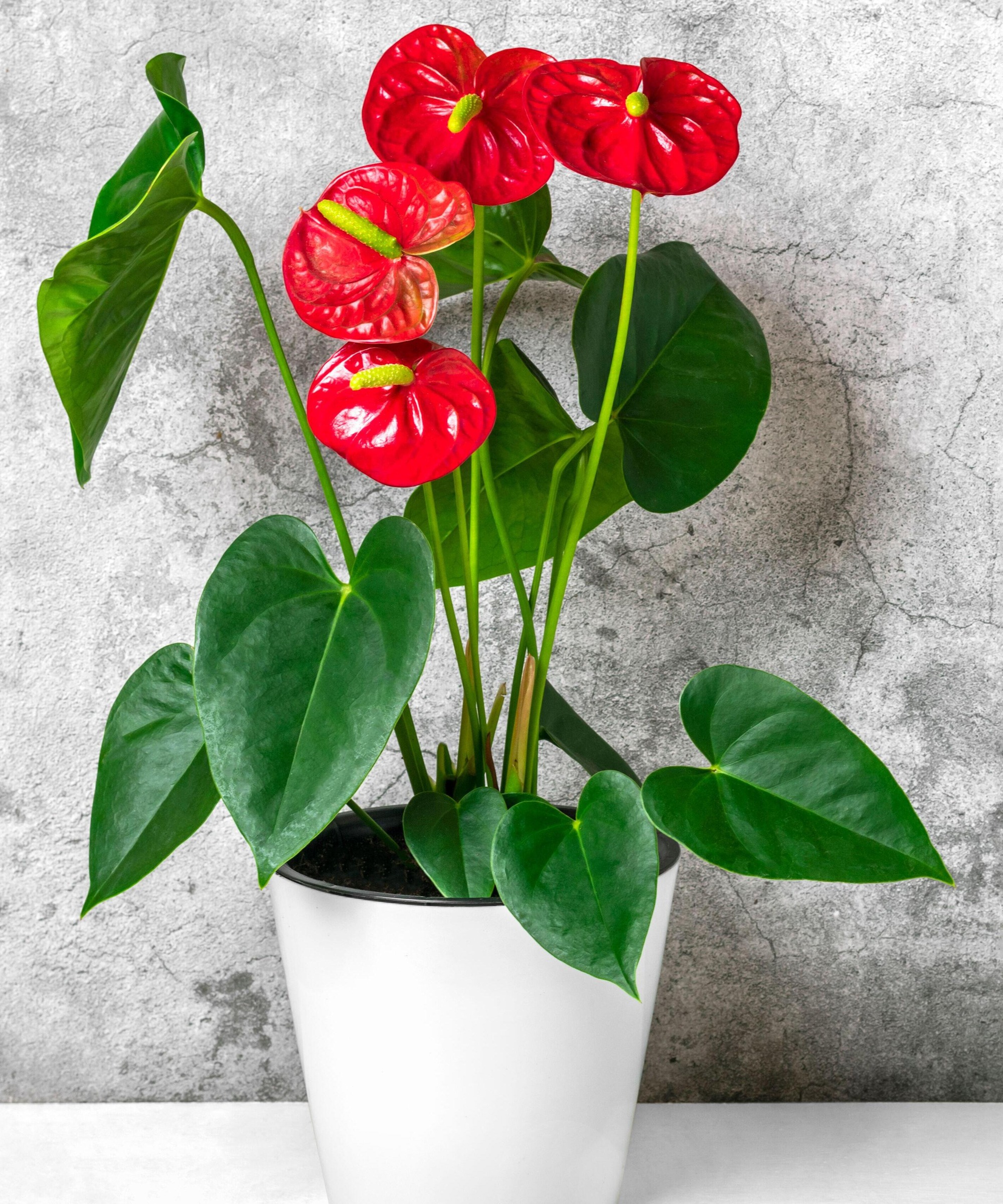
One of the reasons we love traditional Christmas decor ideas, is for the burst of natural colors they bring into our homes. And while we love the verdant green of a spruce, and the vibrant red of ilex berries, there are also a few houseplants that reliably offer these and other gorgeous colors in the winter. Anthurium is one of them.
'Anthurium shows off heart-shaped blooms in shades of red, pink, purple, orange, and white,' says Justin. 'In the right conditions, each flower can last more than a month, making this small houseplant a colorful option that last longer than a poinsettia.
'If you’re looking for a splash of seasonal color you can still enjoy after the holidays pass, this is the plant. Anthurium blooms best in medium to bright light. Although, the lush, dark-green leaves look good, even without the flowers.
'Water it once the top 25 to 50 percent of the potting mix dries to the touch. Average household temperatures and relative humidity levels are fine. Higher light and humidity levels help the flowers last longer.
'Anthuriums often come in small-enough pots that they can be dropped into other containers if you want to temporarily change out its pot for the holiday season.'
Try the Isabella planter from The Sill, it's available in a gorgeous shade of gold, for a truly festive feel.
3. Amaryllis (Hippeastrum)

Amaryllis is a classic Christmas plant, that if planted in October, or early November, should put out a beautiful flower display for the holidays. Also known as Hippeastrum, they can be enjoyed again and again too.
Once it has flowered and dried out, the bulb can be left to rest for a few months. Or planted outside after the last frost has passed. Just repot the bulb and water it six to eight weeks before you'd like it to bloom.
'During the holiday season, the amaryllis has no rival for its beauty,' says Lisa Eldred Steinkopf, author and owner of the houseplant guru blog. 'The enormous flowers come in colors from white to red, with striped and variegated versions as well.
'These tropical south American bulbs need a bright light to do their best,' continues Lisa. 'If you have purchased a large amaryllis bulb, all the energy it needs to flower is already present. Therefore, the light isn't that important while it is flowering.
'You could place it anywhere you want color, and when the leaves appear, move it to the light it needs to grow well. Giving it bright light is important to keep the leaves compact and sturdier. If it isn't getting enough light, the leaves will stretch and flop.
'The flower stalk usually appears first and will immediately find the light and start growing towards it, so you will need to turn the plant often to keep the stem growing straight.'
For a striking candy cane look, choose the Jumbo Double amaryllis 'dancing queen' from Dutch Grown.

Lisa Eldred Steinkopf is The Houseplant Guru, featuring all things houseplants on her blog, thehouseplantguru.com. She is the author of Bloom, Houseplants and Grow in the Dark and has written for HGTVgardens.com, Real Simple magazine, and more. She worked for over a decade at Steinkopf Nursery as the Annuals and Houseplants Manager and harbors over 1,000 houseplants at home.
4. Peace Lily (Spathiphyllum)
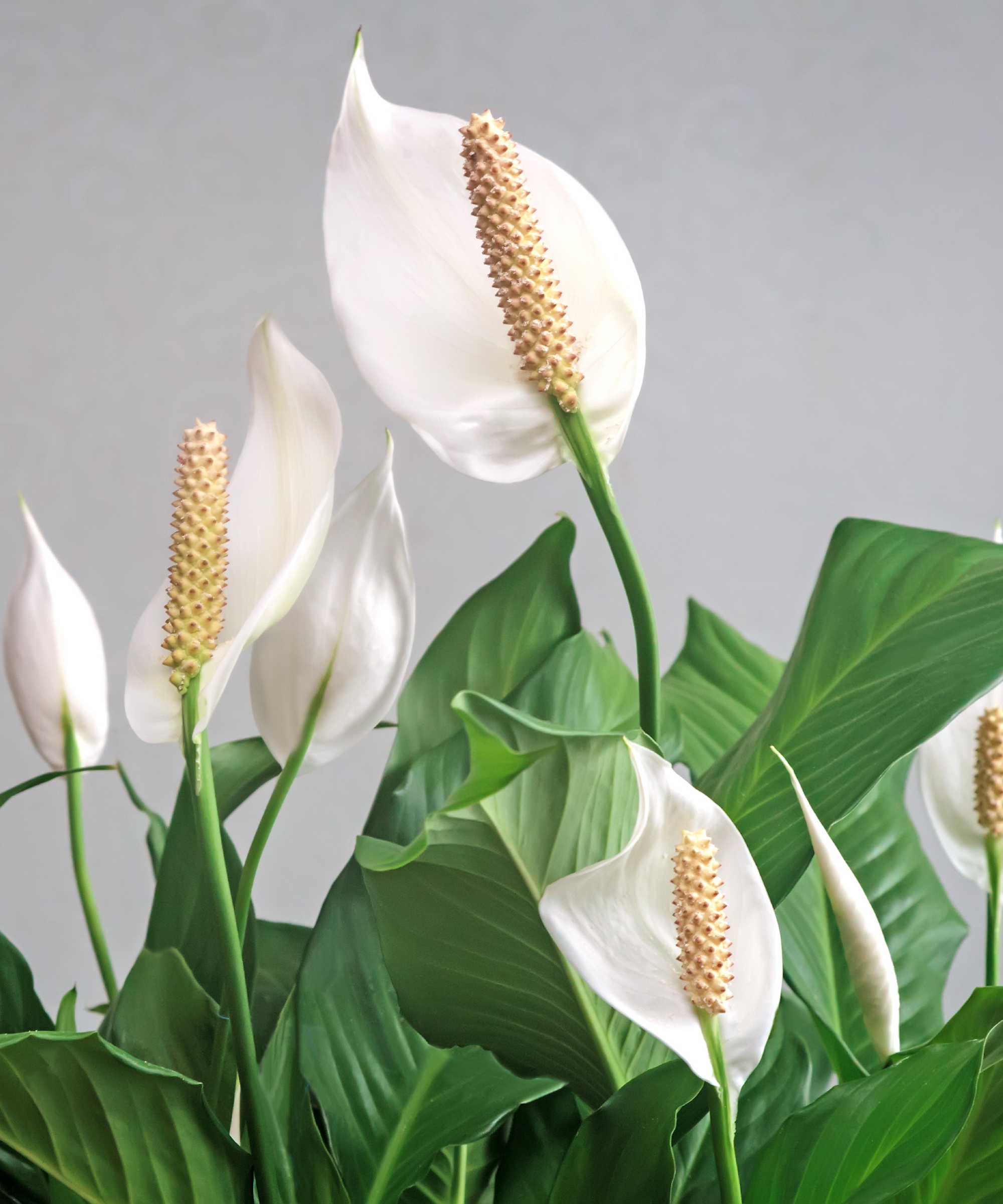
Peace Lilies are among the best mood-boosting houseplants. Loved for their symbolism (peace, purity and hope), as much as for their glossy leaves and pretty white spathes. They are low-maintenance houseplants and can cope in low-light conditions too.
It's these qualities that make them a wonderful option for the festive season and a favorite for Whitney Bromberg Hawkings, founder, Flowerbx.
'For a pop of seasonal ivory in the home, I opt for the peace lily to dress my space,' says Whitney. 'With the symbolism of hope, enduring love, and tranquillity – these plants set the tone for the months ahead.
'Peace lilies also need minimal care and can thrive in the home for years, so they’re a wonderful choice that stays fresh all holiday season and beyond.'

Whitney Bromberg Hawkings is the founder and CEO of Flowerbx, a New York and London-based flower and plant delivery service. Offering a calendar of seasonal and stylish options, Whitney and her team are experts in foliage and florals.
5. Orchids (Orchidaceae)
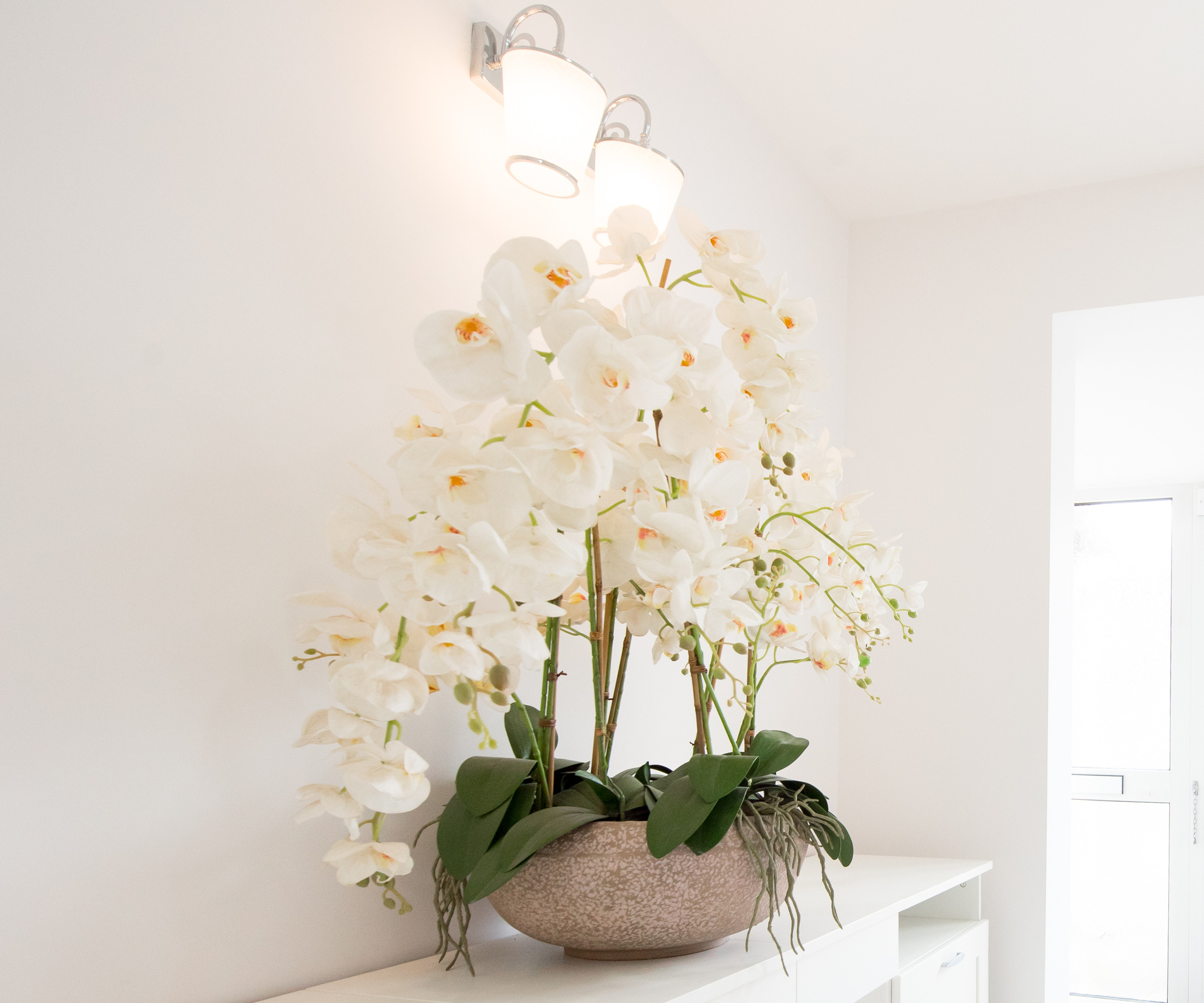
If you prefer to move away from a traditional festive theme altogether, and fancy something modern and fresh, a large moth orchid (Phalaenopsis) will create a fabulous focal point.
If you know how to water orchids, this tropical plant will last longer than the festivities, and may even bloom again next year.
'The beauty of orchids is timeless, so I’d choose an orchid planter to brighten up a space for the holidays,' says Whitney. 'It's the ideal centrepiece for entertaining, or simply placed above a festive mantle.
'Orchid planters will last way into the new year, and can give the ultimate holiday touch of luxe in a shade of snowy white.'
6. Winter cherry (Solanum pseudocapsicum)

Winter cherry plants (or Solanum) offer a beautiful burst of color with their bright orange, red or yellow berries. Judith Blacklock, tutor, author and founder of the Judith Blacklock Flower School, loves to group them together and cover the pots in pretty fabric for a modern Christmas decor idea.
'Solanums have such bright, cheerful and long-lasting berries, they make a charming Christmas display,' says Judith. 'I like to wrap the pots in fabric and group several similarly sized plants together in a bowl or on a tray.
'For the wrapping, take squares of fabric and fold each of them into triangles. Repeat several times until the shape is like an ice-cream cone. Cut off the top 25 percent or so of the widest edge of each (depending on the size of the fabric and pots) and you will have created circles.
'Place each plant pot in the middle of a fabric circle and wrap the fabric around the pot and tie with raffia or wool. Group the plants in a large attractive bowl. Be aware, Solanum is poisonous so do keep them out of the reach of children and pets.'
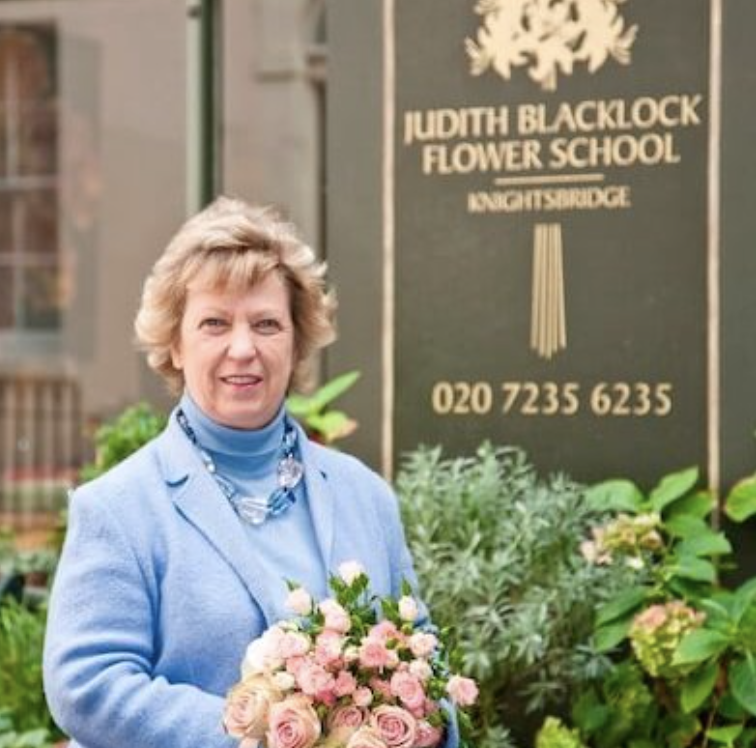
Judith has been teaching flower arranging around the world for over 40 years. She gave in-person courses from her Flower School in Knightsbridge for 25 years and now concentrates on her highly acclaimed online courses and London workshops, which are accredited by both the American Institute of Floral Designers (AIFD) and the British Accreditation Council.
7. Poinsettia (Euphorbia pulcherrima)
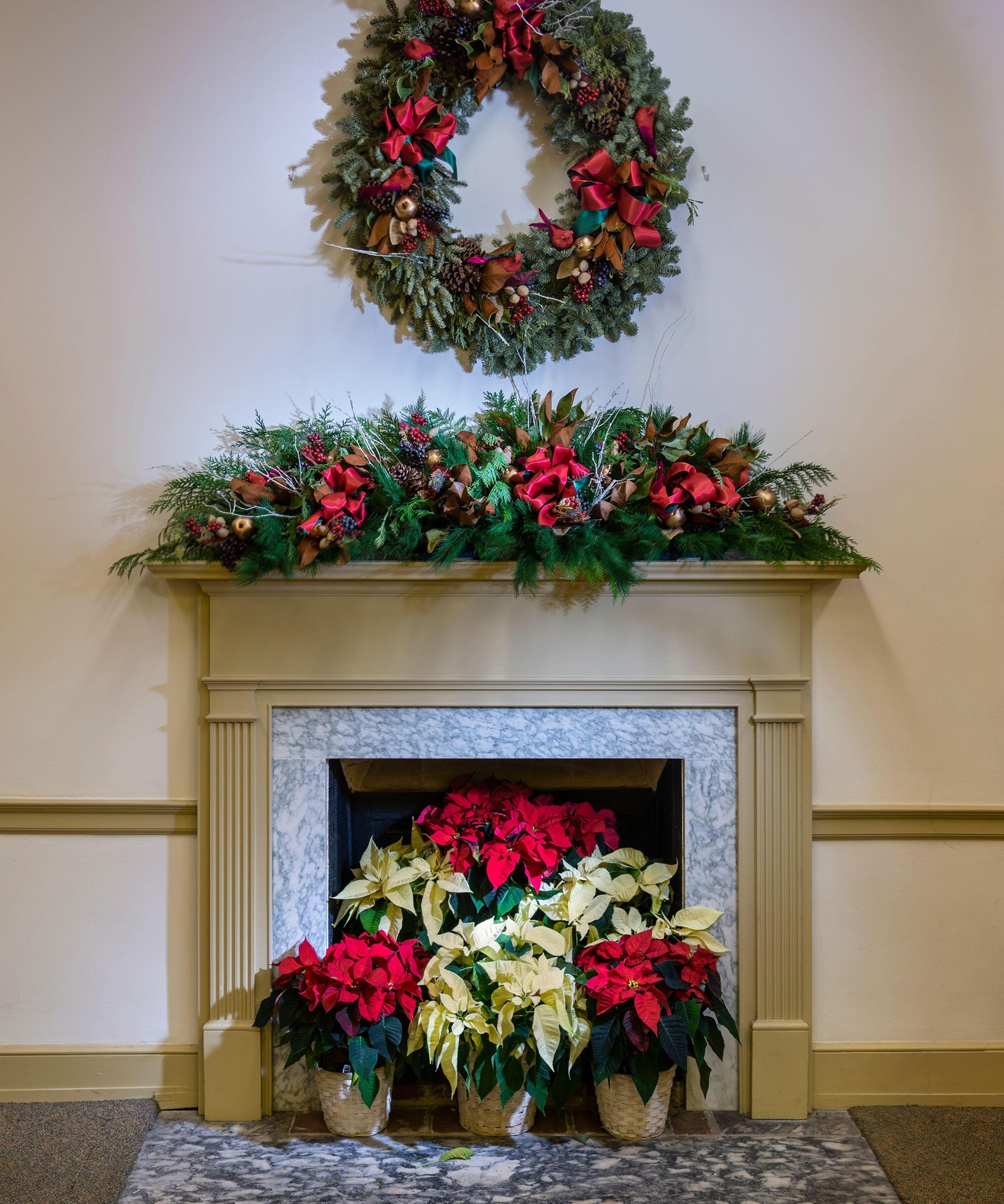
Want to make a seasonal style statement? If you're considering the best poinsettias for Christmas, create a poinsettia tree instead. This is another of Judith Blacklock's favorite festive ideas involving a group of plants.
'Poinsettia is perhaps the ultimate Christmas plant - available in pink, white, bi-colours and of course red,' says Judith. 'A poinsettia tree is simple and looks magnificent but you do need a specialist frame, then it is relatively easy.
'Check with the manufacturer the number of plants your chosen frame can fit. And avoid purchasing poinsettia where they are displayed outside or close to an door as they hate draughts.
'Water the plants first and have a water drip system in each plant. Start arranging the plants from the top downwards and make sure there is no space between them.
'Add more plants or cut branches of conifer or spruce to hide the base of the frame. Don’t expect poinsettia to re-flower - even the experts find this difficult.'
A corner three tier plant frame, like this one from Amazon, could be filled with plants to create a poinsettia tree. Choose larger plants for the base and smaller ones at the top.
The frame can be re-used in other parts of your home or garden after the festive season. You could also use it again and decorate it with different plants in coming years, such as Solanum or Norfolk island pine next year.
If you don't have a frame, think about grouping plants together and arranging them in planters at different heights for effect and enjoy your Christmas tree alternative plants in a stylish display.
Jacky Parker is a freelance lifestyle journalist and writer, producing a wide range of features for magazines and websites. She has written for Homes & Gardens and its sister titles, Livingetc and Country Homes & Interiors for more than 15 years, both as a freelance contributor and staff member, regularly reporting on the latest interiors, gardens and lifestyle inspiration, speaking to experts in their respective fields and discovering the newest tips.
